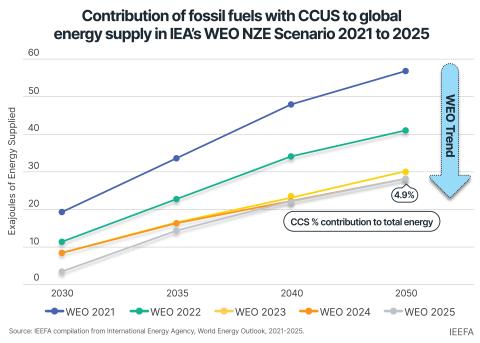Australia's Climate Change Adaptation and Mitigation Bill
Download Full Report

Key Findings
Legal framework assists in risk assessment and resilience planning
Adapting will minimise cost to Australia and maximise economic and community opportunities
A constructive Federal policy framework is the missing link to accelerate investment, boost employment and drive growth in research, development & deployment
IEEFA supports Australia's Climate Change Adaptation and Mitigation Bill
Summary
The net zero emissions target by 2050 is a rational and much-needed emissions reduction target. It is key for Australia to set and meet a net zero emissions target to keep in line with the Paris Agreement to limit warming to less than 2 degrees (and aiming for 1.5 degrees) above pre-industrial levels. The emissions target of net zero by 2050 is aligned with many other countries such as the UK, France, Denmark, New Zealand, Japan and South Korea, and China by 2060.
Australia must align itself with world trends on emissions to maintain strong trade in a net zero emissions world. It is key to signal to Australian industry the need to develop green products and services that will flourish in a net zero emissions world and strengthen Australia’s global competitiveness.
Deloitte has recently reported that inaction on climate change will have the effect of curtailing Australia’s economic growth to the tune of $3.4 trillion and 880,000 fewer jobs in just 50 years. However, by choosing a new growth pathway including focusing on low emissions, Australia could grow the economy by $680 billion, with 250,000 more jobs in just 50 years.
A net zero emissions target will mitigate climate change, protecting society and the environment from huge economic losses due to unchecked climate change. Adaptation is also key as Australia is already seeing the catastrophic impacts of climate change, evidenced by the Black Summer bushfires.
A net zero emissions target and a framework for reaching this target will allow Australia to develop the plans necessary to adapt to climate impacts, such as extensive pre-planning prior to bushfire season and developing drought-resistant agricultural crops.

















